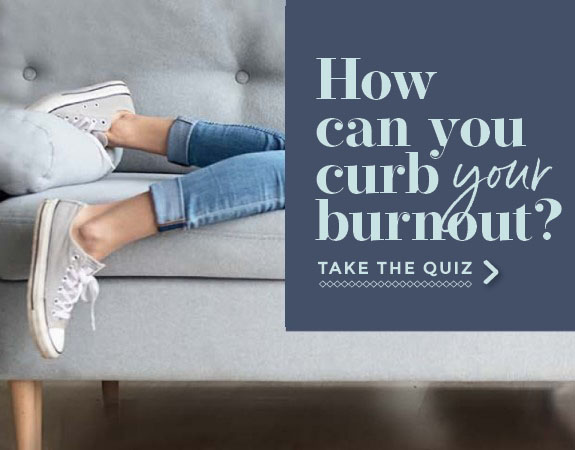Are button batteries (+ coin batteries) just in the headlines more, or are they actually more dangerous? Turns out, current batteries are actually more dangerous than they used to be when it comes to children swallowing them. Here's why - and what to do.
Page Outline
- Button Battery + Coin Battery Dangers
- How to keep your home safe
- Cheat-sheet: Where button batteries are lurking in your home
- SHOPPING: Where to buy the new “child safety layers” batteries
- Quick definition: Button + coin batteries are both small, disc-like round batteries. They can differ in voltage, size, and makeup, but have similar risks when swallowed. Plus, since most people refer to them as “button batteries”, I’m using that to include both, here.
- Higher Voltage: New lithium batteries are able to carry twice as much voltage as the historically more common batteries – meaning that they can cause far more serious injury
- Larger Size: They’re larger in diameter than the older batteries – making them more like the size of a coin, and can get more easily stuck in the esophagus rather than passing through, and damage the tissue even further
how to keep your home (and kids) safe
If you have children under 5, do a quick home-sweep, and make sure that any of the below items are either:
- Out of reach: Don’t let your children play with these at all, like remote controls, key fobs, etc.
- Secured casing: For toys, button battery compartments should both click shut, and also have a small screw to secure them – make sure these are tight. If an item does NOT have this screw feature, or it’s not secure, consider taping it for extra security.
- Store safely: Make sure all button batteries or coin batteries are stored out of reach, in child-resistant packaging.
- Consider new “blue” options: Companies are now making batteries that release a blue dye when they contact saliva, so it’s more clear to parents that their child put one in their mouth.
- Know what to do: Think your child *may* have even swallowed one? Call the National Battery Ingestion Hotline (800-498-8666) or National Poison Control Center (800-222-1222 or poison.org)
- Discard safely: Even “dead” batteries can still be dangerous to a child – so make sure to dispose of them safely by wrapping them in something ELSE, and throwing them out in an outdoors / out of reach garbage can.
CHEAT-SHEET: WHERE BUTTON BATTERIES ARE IN YOUR HOME
Button batteries are found in SO many common household objects.
- Remote controls
- Musical greeting cards
- Small electronics: cameras, calculators, hearing aids
- Toys with lights or noises: light-up fidget spinners, flashing wand, musical books, remote cars
- Bathroom scales
- Gaming headsets
- Talking / musical childrens’ books
- Car key fob or key finders
- Light-up costumes or flashing jewelry
- Digital thermometer (+ other digital home medical equipment)
- Power toothbrushes
- Watches / fitness trackers
- Trash (even used batteries can cause injury)
Holidays:
- Flameless candles
- String lights, nightlights, tea lights
- Holiday ornaments
where to buy the new "child safety layer" batteries
Companies are releasing coin/button batteries with new “child safety” features – but they’re hard to find!
In fact, twice when I ordered a set that had the “Child safety layers” on the packaging online, what arrived was the older version, without the child safety features.
SO – to spare you the hassle, here are links that ACTUALLY work! (which I know, because I bought many, and these were the 2 links where the product described actually arrived)
- Duracell CR2032 3V Lithium Coin Battery, 4 Pack (LINK HERE): These have 2 safety layers, a painfully bitter taste, and are next to impossible to open.
- Energizer Color Alert+ 2032 Batteries, 4 Count (LINK HERE): These have 3 layers: bitter taste, blue non-toxic color when they contact saliva, and are also difficult to open.
**Note – the links above are affiliate links – by purchasing through them, you support us in our efforts for baby and child safety. Thank you. **







